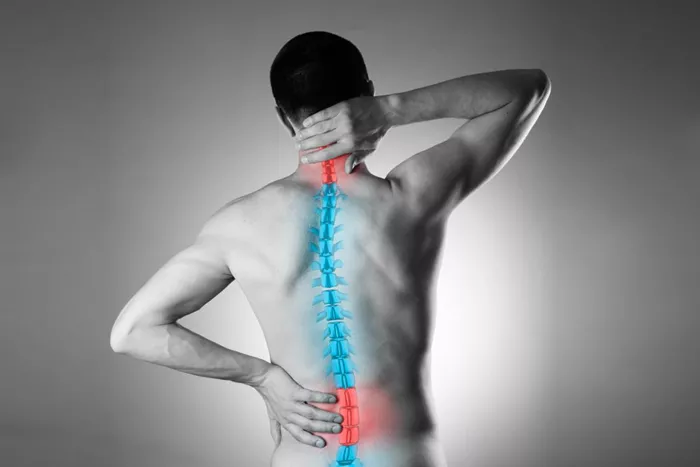Chronic low back pain is a leading cause of disability worldwide, with many common treatments, including medications, failing to provide long-term relief. A groundbreaking study from the University of Sydney’s Center for Rural Health offers a potential solution—integrating lifestyle support into back pain care. This approach could not only reduce disability but also improve overall quality of life.
Published in JAMA Network Open, the research highlights a randomized controlled trial involving 346 participants across Australia. These individuals, all suffering from chronic low back pain and at least one lifestyle risk factor (such as obesity, poor diet, sedentary behavior, or smoking), were divided into two groups. One group received the “Healthy Lifestyle Program (HeLP)” while the other group followed standard physiotherapy care.
Participants in the HeLP group were supported by a team of physiotherapists, dietitians, and telephone health coaches. Together, they identified how various lifestyle factors such as weight, inactivity, poor diet, smoking, and alcohol use might be contributing to their back pain. Over the six-month period, participants received personalized advice to improve these habits, with impressive results.
HeLP participants reported significantly reduced disability levels, with their average scores on the Roland Morris Disability Questionnaire showing improvement. They also lost an average of 1.6 kg more than the control group, demonstrating the physical benefits of lifestyle adjustments.
Chief Investigator Associate Professor Chris Williams explained that the findings challenge the traditional approach to back pain treatment. “Back pain doesn’t just stem from the spine,” said Williams. “Our bodies are interconnected systems, and factors such as stress, diet, and physical activity all play a role in how we experience pain. We need to treat the whole person, not just the back.”
Associate Professor Williams stressed that many back pain patients are often misinformed, receiving prescriptions for medications or being referred for surgeries that do not address the root causes of long-term pain. “This study shows that a holistic approach to back pain, which includes lifestyle modifications, could greatly improve patient outcomes,” he added.
Dr. Emma Mudd, lead author and Senior Research Officer at the University of Sydney, emphasized the real-world impact of the program. “People with chronic back pain often feel neglected, with little support beyond medications or high-cost treatments that don’t work. By focusing on lifestyle changes, we empower patients to take control of their pain, improving not just their symptoms, but their overall quality of life.”
The study suggests that adopting a lifestyle-integrated care approach, like the HeLP program, could benefit patients beyond just pain management, potentially reducing the risk of other chronic diseases. However, Dr. Mudd pointed out that global healthcare guidelines have yet to fully embrace this holistic approach.
“Our research could encourage updates to back pain guidelines,” she said. “Patients who received comprehensive care valued the holistic support, and the results speak for themselves.”
Both Williams and Mudd agree that clinicians treating back pain should consider integrating lifestyle support into their care plans. By addressing factors such as weight management, physical activity, and mental well-being, patients are more likely to feel heard and empowered in their healing journey.
Read more:
- Lower Back Pain: Causes, Symptoms & Management
- Lower Back Pain After Yoga: What to Do
- Understanding Lower Back Pain: Symptoms, Conditions & Care


